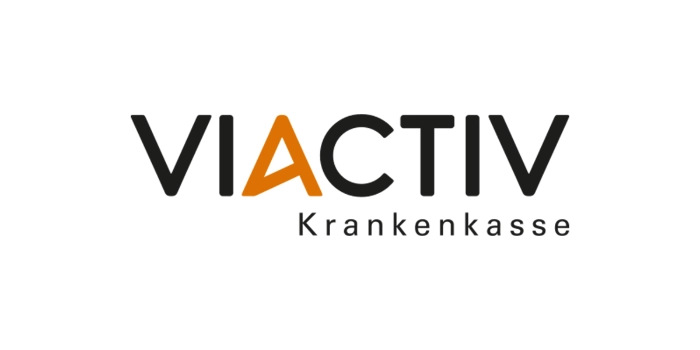SDV
Find out more about the challenges of developing software-defined vehicles, the balancing act between complexity and speed, and the growing importance of efficient processes and holistic tools
SDV
Discover how SDV creates new opportunities from consumer IT by utilising data and applying digital solutions for innovative functions and services in the automotive sector.
SDV
Learn how SDV has transformed vehicle software architecture and opened up new opportunities for automotive software developers.
SDV
Discover SDV.CLOUD - how cloud technology is changing the automotive industry, from development to innovative functions for digital mobility
Künstliche Intelligenz
msg.ZenTestAI lets you create stable UI tests without requiring any technical expertise, test code, or complicated processes. Simply describe the test cases in plain language, and they will execute seamlessly.
Reference
Optimize vehicle parts planning with AI. Our solutions provide accurate demand forecasts and prevent production bottlenecks.
Artificial intelligence
A comparison of classic algorithms and artificial intelligence for error detection in V2X data shows: The improved results of AI come at a high price.
SDV
Trust on a global level is not enough. Explore with us how your vehicles can trust data received via V2X.























